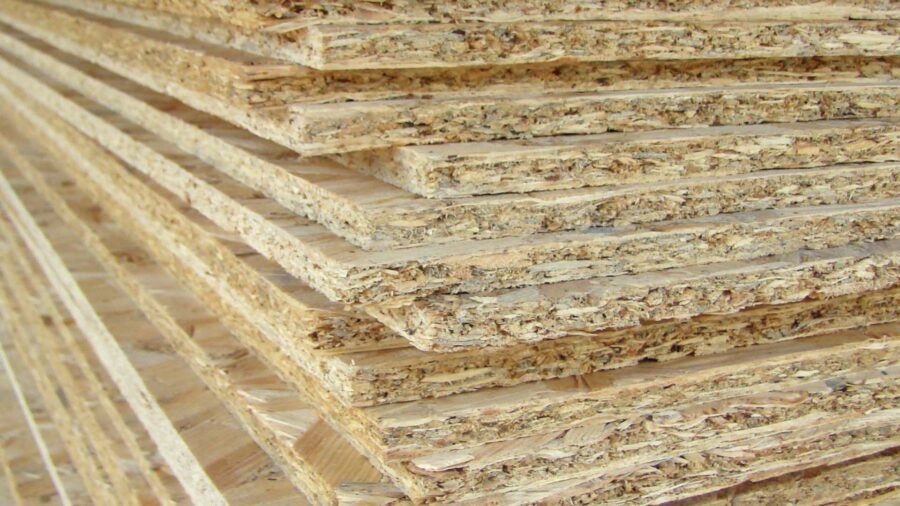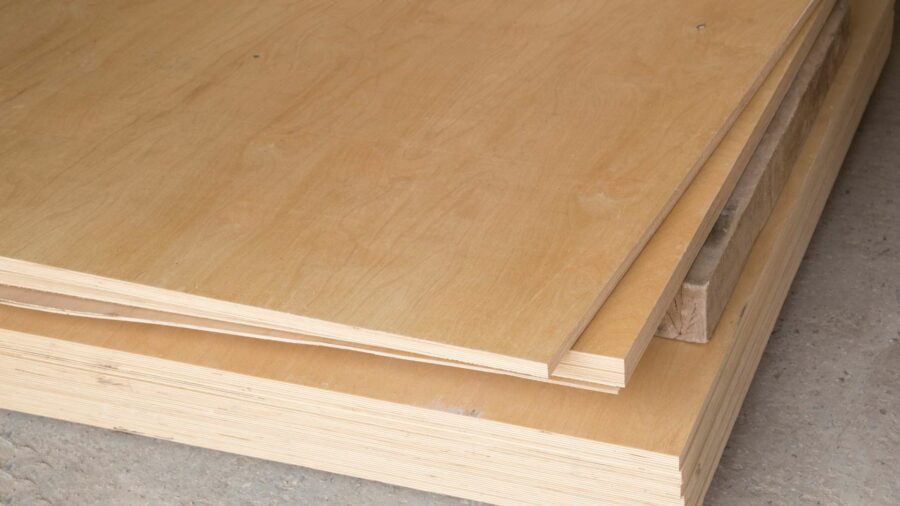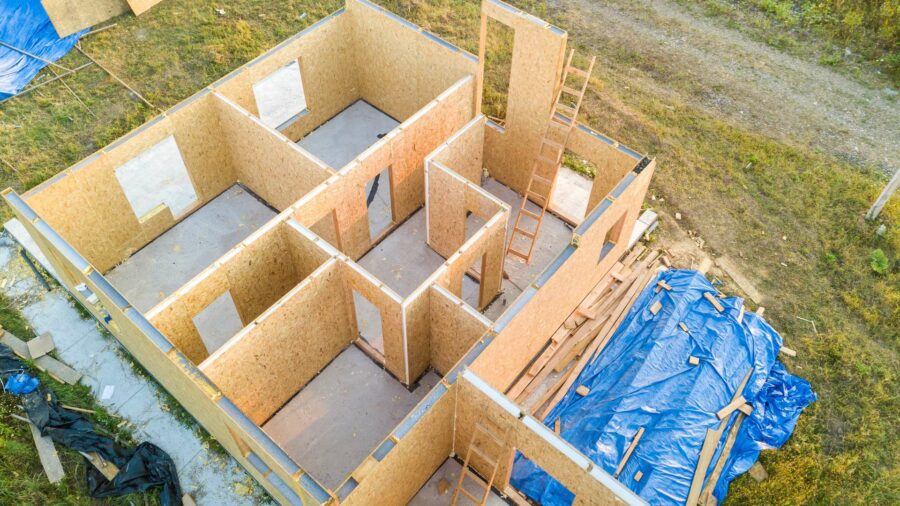- Home
- Products
- News
- Case
-
Factory Show
- German Dieffenbacher paving system
- German Dieffenbacher Continuous Flat Press Machine
- German AnThon Saw
- German Dieffenbacher Air Dryer
- Thermal energy center
- Canadian Kadant long veneer slicer
- German Dieffenbacher Maier Strand Flaker
- German Dieffenbacher OSB Blender
- German GreCon Supporting EWS Quality Monitoring System
- Swiss Baumer ColourBrain RawBoard 4.0
- Swiss Steinemann Sanding Machine
- Italian IMAL-PAL Super Screen
- German AnThon Saw
- chip bin
- Contact Us
- About Us

A Comprehensive Guide: What is OSB and What is it Used for?
2025-03-25 00:41
Understanding OSB and Its Uses: A Comprehensive Guide
In the construction and manufacturing industries, selecting the right materials is crucial for ensuring durability, performance, and cost-effectiveness. Oriented Strand Board (OSB) is one of the most widely used engineered wood products. As a versatile and affordable alternative to plywood, OSB plays a critical role in many applications, from flooring and roofing to walls and furniture.
We will explore the basics of OSB, its various uses, and how it compares to other materials like plywood and particle board. We will also examine its properties, such as whether it is waterproof, and delve into related topics like MDF molding and machine stress-rated lumber. By the end, you will have a clearer understanding of how OSB fits into the broader landscape of lumber products, particularly for international distributors, traders, and manufacturers of forest products.

What Does OSB Stand For?
OSB stands for Oriented Strand Board, which is a type of engineered wood product. It is made by compressing strands (long, thin pieces) of wood, typically from fast-growing trees like pine, spruce, or aspen, and orienting them in specific directions. The wood strands are bonded together with adhesives and compressed under heat to form large, sturdy panels. OSB is classified as a type of composite wood product because it is made from smaller pieces of wood bonded together, unlike solid wood.
What is OSB Board?
OSB board is a large, flat panel made from compressed and oriented wood strands, as mentioned earlier. It is designed to be used in construction and manufacturing processes where strength, flexibility, and reliability are required. The panels are typically used as a base material in building applications like sheathing, flooring, and roofing. The orientation of the wood strands is key to the strength of OSB, as it ensures that the board has maximum structural integrity across the panel.
OSB boards are manufactured in various thicknesses, sizes, and grades to suit different purposes. They are an essential part of the engineered wood family, which includes materials like plywood, MDF, and particle board.
What is the Best Use of OSB Board?
The best uses of OSB board are primarily in construction, where its strength, cost-effectiveness, and availability make it a popular choice. Some of the most common applications of OSB include:
Wall Sheathing: OSB is often used as the sheathing material for exterior walls in both residential and commercial buildings. It provides structural support, acts as a barrier against the elements, and helps with the insulation of buildings.
Roofing: OSB is a popular choice for roof decking. It provides the necessary support for roofing materials like shingles or tiles, ensuring the roof structure is stable and secure.
Flooring: OSB is used as a subfloor in many construction projects. It can withstand heavy loads and offers good resistance to moisture and impact, making it ideal for flooring applications.
Furniture: OSB can also be used for furniture manufacturing, particularly for pieces that require sturdy construction but don't need to be aesthetically perfect, such as bookcases, storage units, or industrial-style furniture.
Packaging: OSB is sometimes used in the manufacturing of pallets and packaging materials due to its strength and cost-effectiveness.
Is OSB Waterproof?
OSB is not inherently waterproof, but it is moisture-resistant to some extent. OSB panels are typically treated with resins and adhesives that help them withstand exposure to moisture. However, prolonged exposure to water or high humidity can cause OSB to degrade, swell, and lose its structural integrity.

To enhance the moisture resistance of OSB, it can be treated with additional coatings or used in environments where it is less likely to be exposed to water. For exterior applications like roofing and sheathing, OSB is often used in combination with other materials like house wraps or roofing membranes that protect it from direct moisture exposure.
For applications where high levels of moisture or water exposure are a concern, plywood or other materials with superior water resistance, such as marine-grade plywood, might be a better choice.
OSB vs. Plywood
OSB and plywood are both engineered wood products, but they have distinct differences in their construction, properties, and uses.
Manufacturing Process: Plywood is made by layering thin sheets of wood veneer in alternating directions. This cross-grain construction gives plywood its strength and durability. OSB, on the other hand, is made from wood strands that are oriented in specific directions and bonded together under heat and pressure.
Strength and Durability: Both OSB and plywood are strong, but plywood generally has superior strength-to-weight ratios due to its layered construction. Plywood also tends to perform better under high-moisture conditions because of its veneer layers, which have a higher level of resistance to moisture.
Cost: OSB is typically less expensive than plywood due to its manufacturing process, which uses wood strands that are often sourced from smaller, faster-growing trees. This makes OSB a more affordable option for builders and manufacturers.
Appearance: Plywood has a smoother, more uniform appearance compared to OSB, which often has a rougher texture due to the strands used in its construction. This makes plywood a better choice for applications where aesthetics are important.
OSB vs. Particle Board
Particle board, another engineered wood product, is made by binding together wood particles or chips with adhesive resins and pressing them into a board. While both OSB and particle board are used in construction and furniture manufacturing, they differ significantly in their properties.
Strength and Durability: OSB is generally stronger and more durable than particle board. It can handle heavier loads and is more suitable for structural applications. Particle board, while inexpensive, is less robust and is typically used for furniture, cabinetry, and interior applications where structural strength is not a primary concern.
Moisture Resistance: Both OSB and particle board are susceptible to moisture damage. However, OSB has a better moisture resistance compared to particle board, especially when treated with water-resistant coatings. Particle board can swell and break down more easily when exposed to moisture.
Cost: Particle board is often cheaper than both OSB and plywood, making it a popular choice for low-cost furniture and interior applications.
Making Informed Choices with OSB
When selecting the right material for a project, it’s essential to consider the specific requirements of the application. For example, OSB is an excellent choice for exterior wall sheathing, flooring, and roofing in dry environments, offering strength and cost-effectiveness. However, for applications requiring higher moisture resistance or where aesthetics are a primary concern, materials like plywood or MDF may be better suited.
International Distributors and Manufacturers: OSB is produced and traded globally, with manufacturers and distributors supplying it to various markets. The demand for OSB has risen as construction methods continue to evolve, with OSB offering a sustainable and affordable solution for builders. International distributors and manufacturers need to be knowledgeable about regional building codes and moisture requirements when supplying OSB for specific projects.
What is MDF Molding?
Medium-Density Fiberboard (MDF) is another engineered wood product, created by breaking down wood fibers into a fine pulp and pressing them into dense boards. MDF is widely used for decorative purposes, especially in molding, trim, and furniture applications. Unlike OSB, MDF has a smooth surface, making it an ideal choice for molding, which is often used in cabinetry, door frames, and baseboards.
Understanding Machine Stress-Rated Lumber
Machine Stress-Rated (MSR) lumber is graded using a machine that measures the stiffness and strength of the wood. This grading process is often applied to structural lumber to ensure its suitability for load-bearing applications. MSR lumber is essential in construction where high strength is necessary, such as in beams, rafters, and trusses.

Conclusion
Oriented Strand Board (OSB) is a key material in modern construction and manufacturing due to its strength, versatility, and affordability. While it is a great choice for many applications, it is important to consider the specific needs of each project, especially when it comes to moisture resistance and strength. By understanding the differences between OSB, plywood, and particle board, and exploring related materials like MDF and MSR lumber, distributors, manufacturers, and builders can make more informed decisions that will lead to more successful outcomes in construction and product development.
Get the latest price? We'll respond as soon as possible(within 12 hours)
